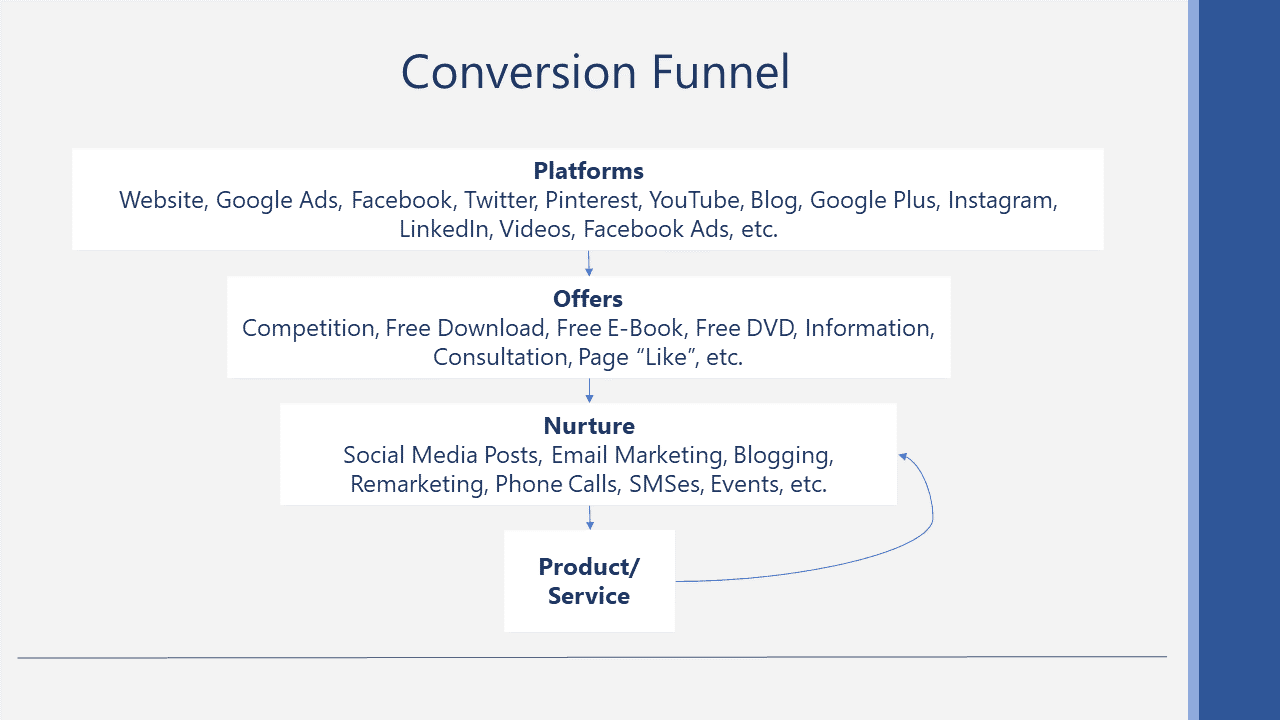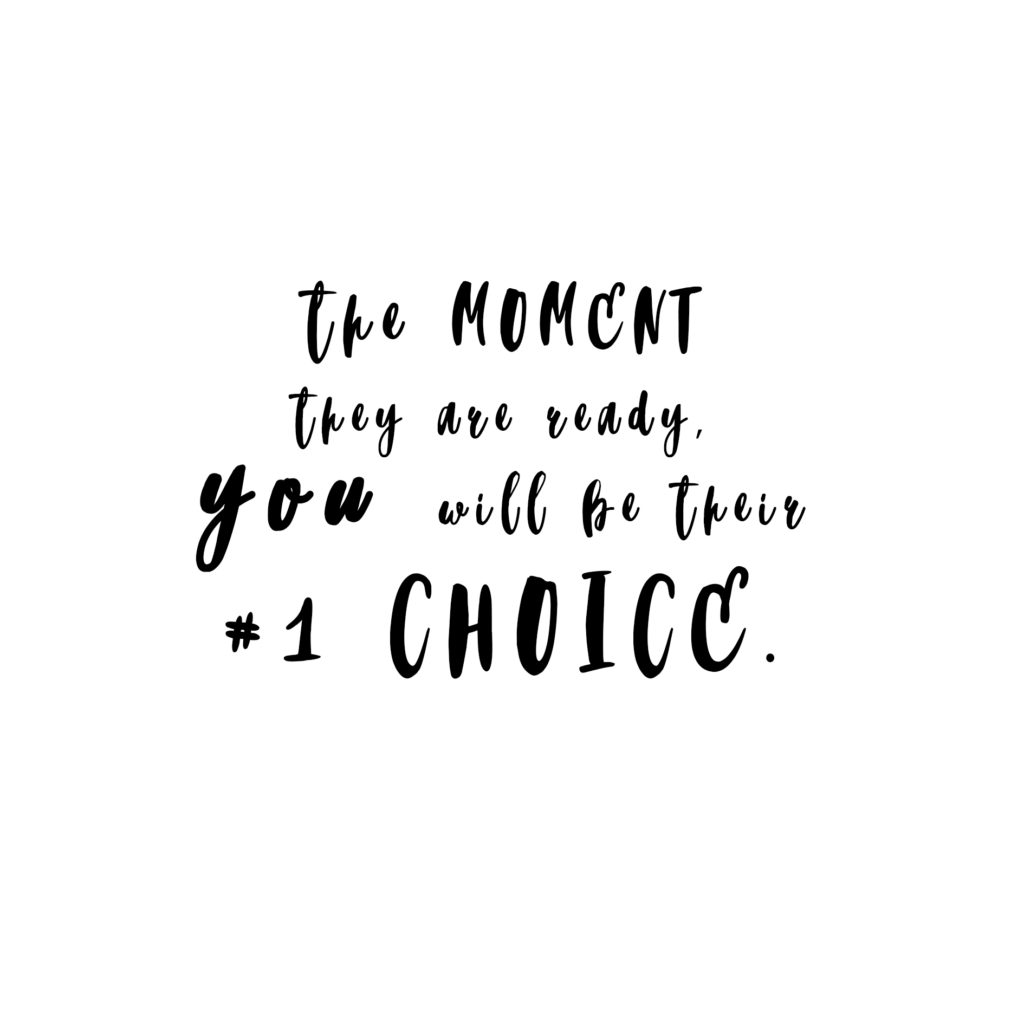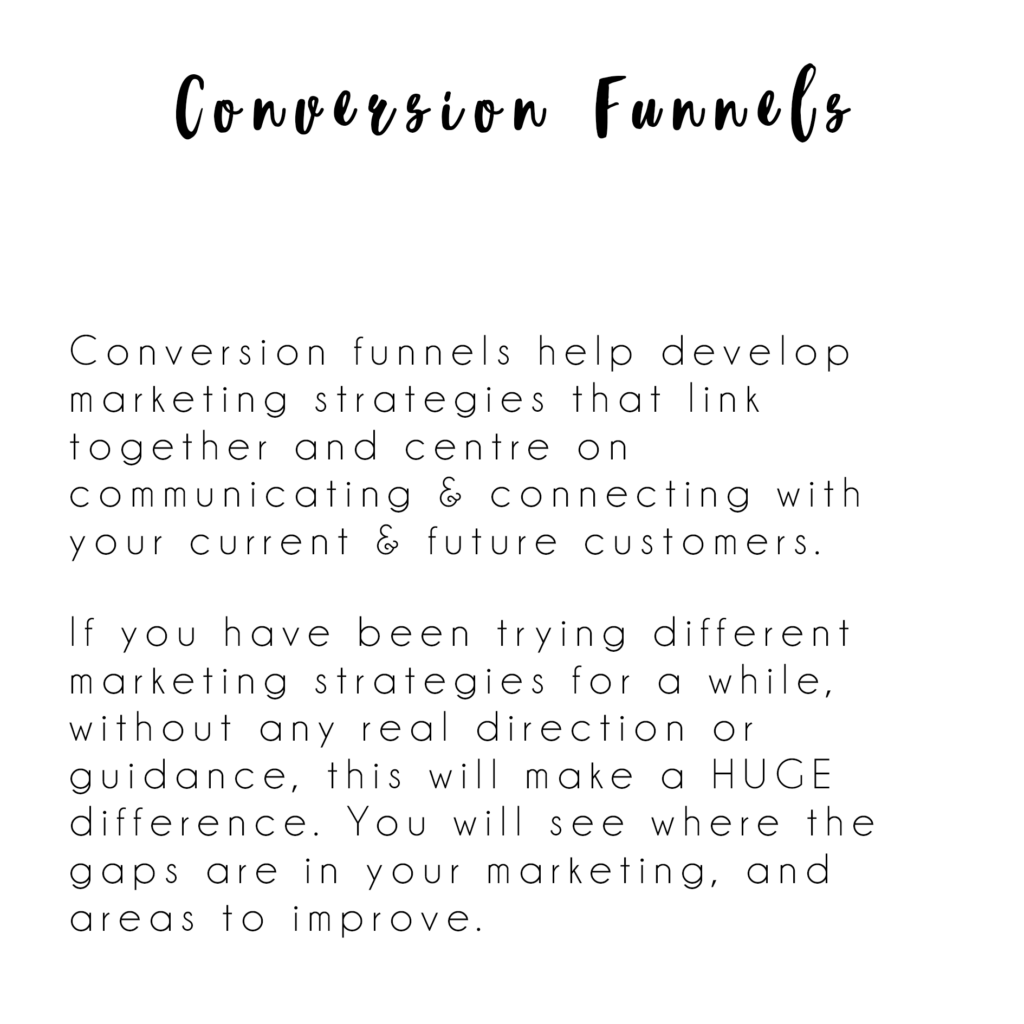The problem that most people have with marketing is that they get really caught up in the various tactics available (and there are a lot!) and go round and round in circles with not much direction.
Should we use Facebook? Do we need to do email marketing? Advertising?
Seriously, you could go on forever.
It’s fun to talk about marketing tactics – I could do it all day (and sometimes have in the past)! But talking doesn’t get you anywhere.
Planning everything with your overall goals in mind WILL get you somewhere. It will ensure that your marketing tactics last past the first few weeks (where you probably won’t see results) and take your business through to the next level.
What are your goals? Every business is going to be different on the specifics, but usually it will come down to making more sales. That needs to be where your marketing is focused. If your marketing tactics don’t contribute in any foreseeable way to making more sales… STOP THEM. You are wasting your time and money.

The best way that I have found to visualise how your marketing fits together to achieve your goals is to put it all into a conversion funnel. This is a common term for marketers, but perhaps not so common for some small business owners. Allow me to explain…
A funnel is really big and open at the top (you would probably use it to catch rain drops or something like that) and it gets narrower at the bottom (to help the rain drops drip into your catcher). The idea is that your marketing can be set up in a similar way. All your leads start at the wide open top of your funnel and gradually move down through different phases and marketing tactics, getting them closer and closer until they are ready to make a purchase.
Visually, here’s what your marketing funnel could look like:

It’s quite possible that you’re still confused at this point, so please read on to find out what this diagram actually means:
The Top Of Your Funnel (1st Impressions/Platforms)
This is where your leads first come into contact with your business. They may stumble across your website, hear about you from a friend, hear an ad on the radio, see your Facebook page, etc. etc. Lots of people will hear about you, but will they progress to the next level?
The 2nd Layer (Connect/Offers)
First impressions really do count. If you made a great impression on your lead, hopefully they will choose to connect with you in one way or another. If they found you via social media, they may like or follow your page. If they stumbled across your website, hopefully they will opt into your database with their details. This layer is basically all about building your prospecting database
The 3rd Layer (Convert/Nurture)
Once someone is connected to you, it gives you the opportunity to market to them. This is where content marketing comes in: write your blog posts, send out your social media posts, and keep up your regular email marketing. Use this opportunity to educate your prospects and provide them with valuable information that builds your authority in their eyes. Your prospects may sit in this layer for quite some time – the reason for this is that they may not be ready for your product or service yet. However, the moment they are ready, you will be their #1 choice.

The Final Layer (Close/Product Service)
At some point, when your prospects are ready, they will make personal contact with you and inquire directly about how they may get access to your product or service. They may even make a purchase direct if your system is retail-based. Congrats on making the sale! BUT WAIT – you’re not done yet! Don’t throw your lead away once they’ve made a purchase. Sometimes the easiest sales will come from return customers and clients and their referrals (provided you did a great job of the product/service!). Keep your customers in your database, and keep sending them your content. Maintain that valuable relationship in the long-term and you will get much more out of it.
That’s it. As you can see, conversion funnels are all about developing marketing strategies that link together and centre on communicating and connecting with your customers (and potential customers).
If you have been trying different marketing strategies for a while, without any real direction or guidance, this will make a HUGE difference. You will see where the gaps are in your marketing, and areas to improve.

Want more sales? See which layer of your conversion funnel needs tightening. Widen your tactics at the top to collect more leads, improve the technical side of things, your communication, and your processes to connect with more potential customers, and improve your content marketing to get a better conversion rate. When you look at it that way, marketing and sales growth becomes a mathematical equation.
I challenge you to stop whatever you are currently doing (obviously browsing the web!) and write out your conversion funnel right now. To get you started, I have created a really simple template in Microsoft PowerPoint. Download it here.
Just fill out each box with your tactics, depending on where they fit in your funnel. Print this off and keep a copy near your workspace – this is something you should review on a regular basis and tweak continually (you never know if a different tactic may work better unless you try it out!).
Okay, that’s it from me, but I’d like to know – have you used a marketing funnel in the past? Are there any other models that you like to use when visualising and planning your marketing? I’d love to hear your thoughts.
Angela
🙂
P.S. I’m not an expert on this by any means. Just sharing my own approach and experiences from my journey so far. If you want to go deeper, I’d definitely suggest you do your research, as there are wayyy more experienced internet marketers out there.


